Geopolitical Factors
The Upstream Services Market is heavily influenced by geopolitical factors that can impact supply chains and resource availability. Political instability in oil-rich regions often leads to fluctuations in oil prices, which can affect investment decisions and operational strategies. For instance, tensions in the Middle East have historically resulted in price volatility, prompting companies to reassess their risk exposure. Additionally, trade policies and international relations can also play a crucial role in shaping the dynamics of the Upstream Services Market. Companies that effectively navigate these geopolitical challenges may find opportunities for growth and expansion, particularly in emerging markets.
Rising Energy Demand
The Upstream Services Market is significantly influenced by the rising demand for energy across various sectors. As economies expand and populations grow, the need for oil and gas continues to escalate. Recent projections indicate that global energy consumption could increase by 30% by 2040, necessitating enhanced exploration and production activities. This growing demand compels companies in the Upstream Services Market to invest in new technologies and methodologies to extract resources more efficiently. Furthermore, the shift towards cleaner energy sources may also drive investments in unconventional oil and gas resources, thereby reshaping the landscape of the Upstream Services Market.
Regulatory Frameworks
The Upstream Services Market is shaped by evolving regulatory frameworks that govern exploration and production activities. Governments worldwide are implementing stricter environmental regulations aimed at minimizing the ecological impact of oil and gas operations. Compliance with these regulations often requires companies to adopt more sustainable practices and invest in cleaner technologies. For example, regulations mandating reduced emissions can lead to increased operational costs, but they also present opportunities for innovation in the Upstream Services Market. Companies that proactively adapt to these regulatory changes may gain a competitive advantage, positioning themselves favorably in a market that increasingly values sustainability.
Technological Advancements
The Upstream Services Market is currently experiencing a surge in technological advancements that enhance operational efficiency and reduce costs. Innovations such as artificial intelligence, machine learning, and advanced data analytics are being integrated into exploration and production processes. These technologies enable companies to optimize resource allocation and improve decision-making. For instance, the adoption of predictive maintenance tools can lead to a reduction in downtime, thereby increasing productivity. According to recent data, companies that have embraced these technologies report up to a 20% increase in operational efficiency. This trend is likely to continue as firms seek to leverage technology to gain a competitive edge in the Upstream Services Market.
Investment in Renewable Energy
The Upstream Services Market is witnessing a notable shift as companies diversify their portfolios to include renewable energy investments. This trend is driven by the growing recognition of climate change and the need for sustainable energy solutions. Many traditional oil and gas companies are allocating a portion of their capital expenditures towards renewable projects, such as wind and solar energy. This strategic pivot not only helps mitigate risks associated with fossil fuel dependency but also aligns with the global transition towards cleaner energy sources. As a result, the Upstream Services Market is likely to see increased collaboration between traditional energy firms and renewable energy companies, fostering innovation and growth.
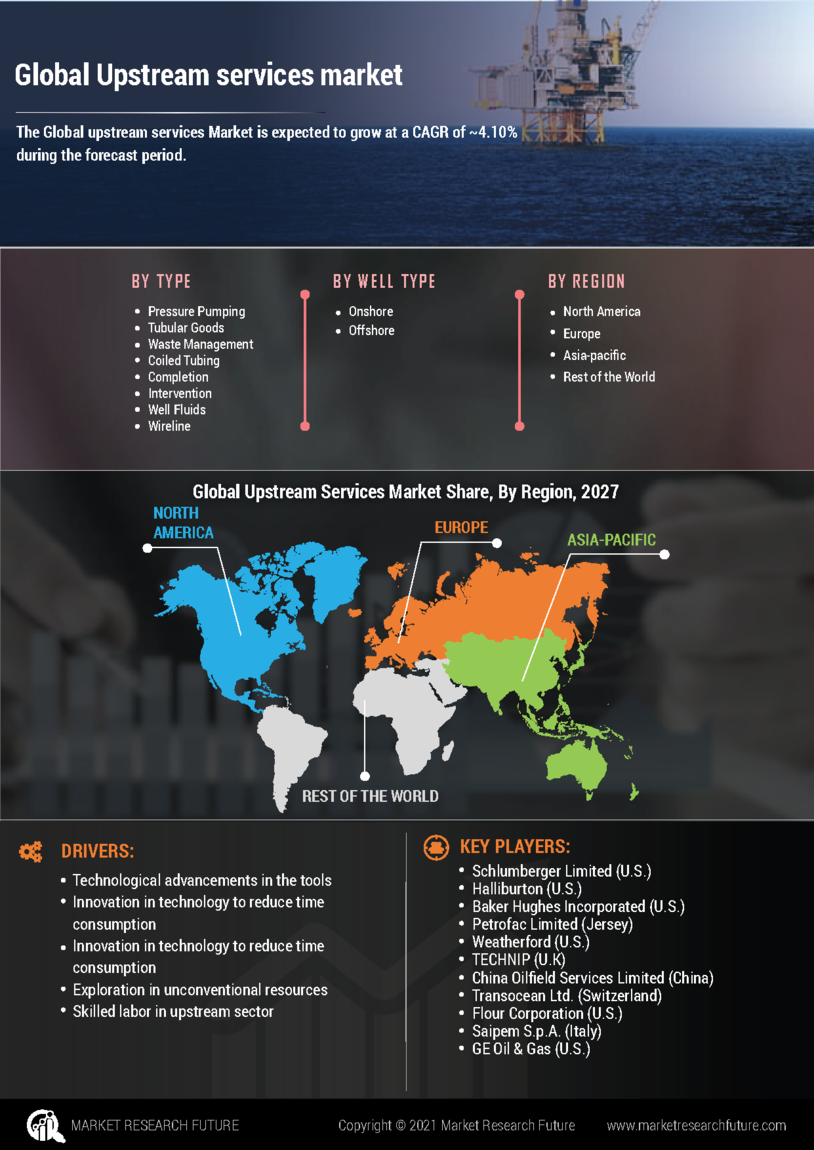

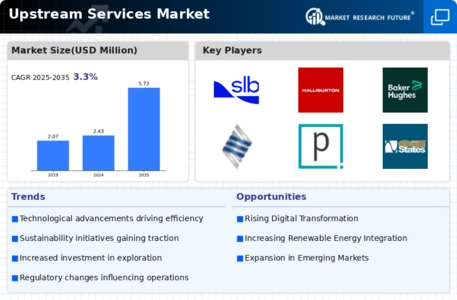
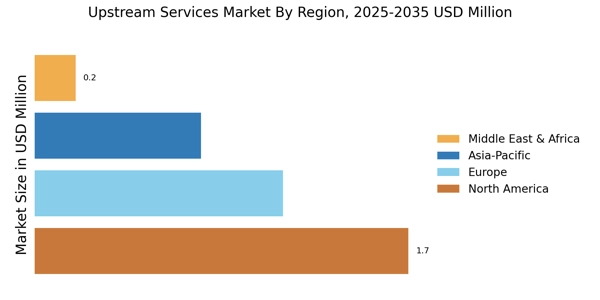
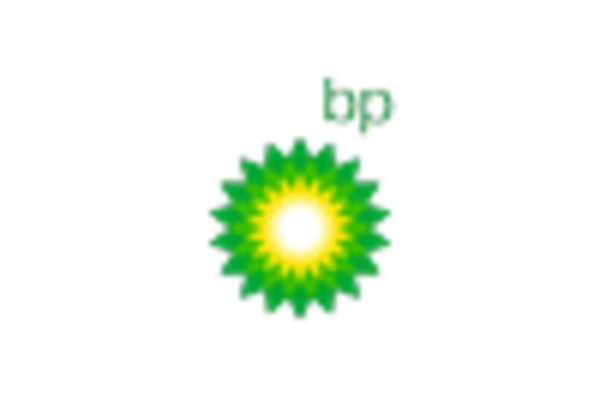
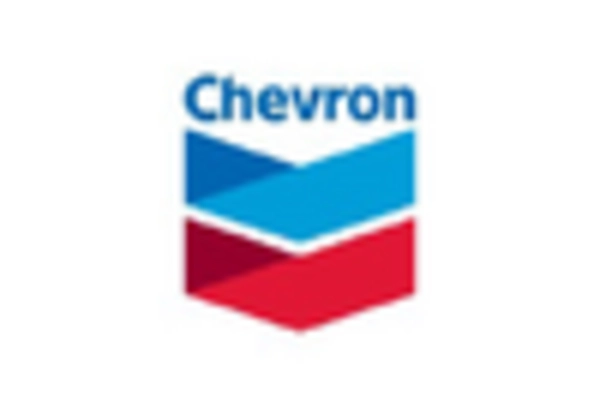

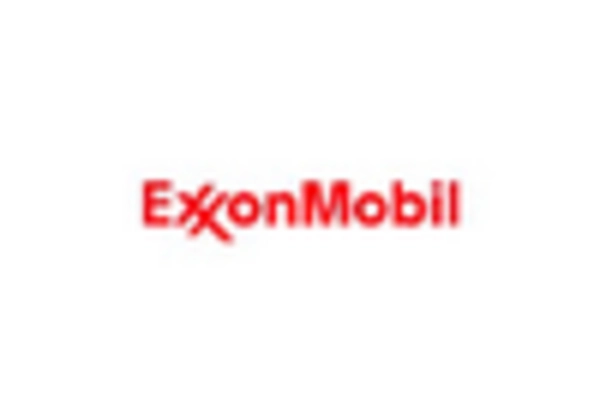
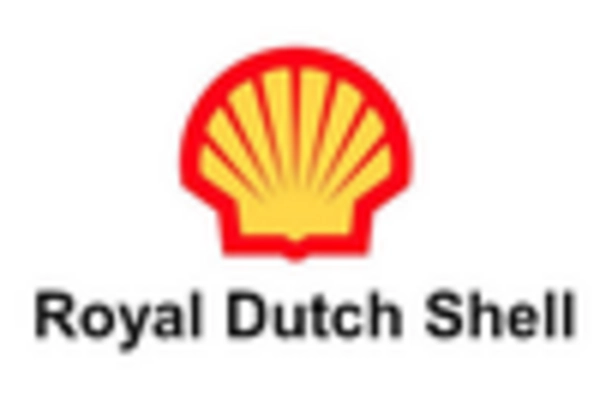
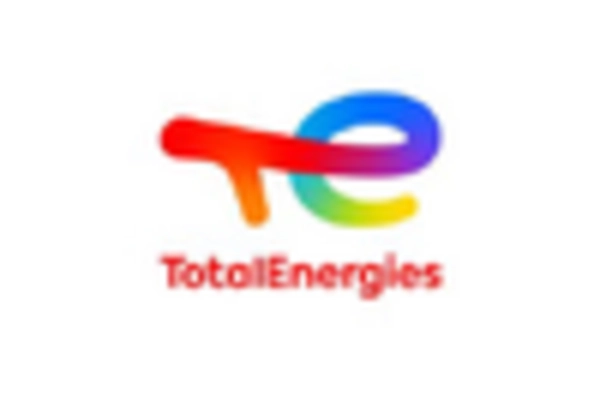








Leave a Comment